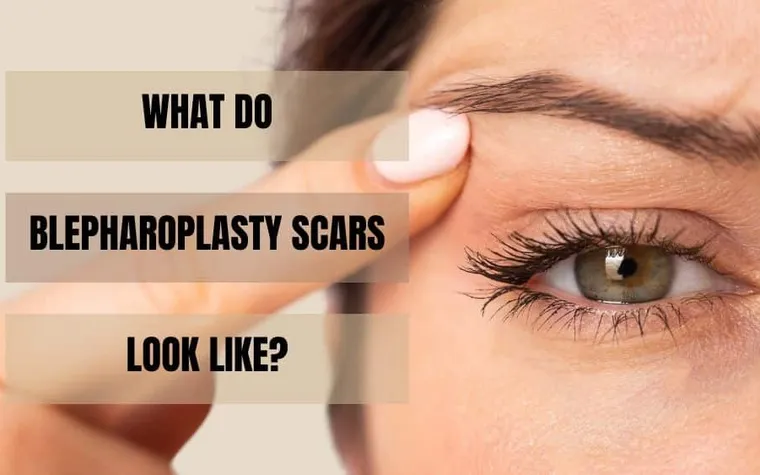Blepharoplasty, commonly known as eyelid surgery, is a cosmetic procedure designed to correct drooping eyelids or remove excess skin and fat from the upper and lower eyelids. This surgery can help rejuvenate the eyes, giving a more youthful and refreshed appearance. People often seek this procedure to address issues such as puffiness, sagging skin, and under-eye bags, which may develop due to aging, genetics, or lifestyle factors.
In addition to its cosmetic benefits, blepharoplasty can also improve vision in individuals whose drooping eyelids obstruct their line of sight. The procedure can be performed on both the upper and lower eyelids, depending on the patient's specific needs. While many opt for blepharoplasty for aesthetic reasons, it is important to consult with a qualified surgeon to determine whether this surgery is appropriate for you. With proper care and recovery, the results can be long-lasting and offer a more rejuvenated facial appearance.
What is Blepharoplasty?
Blepharoplasty is a surgical procedure aimed at improving the appearance and function of the eyelids. As we age, the skin around the eyes becomes less elastic, and fat can accumulate, resulting in sagging upper eyelids and puffiness in the lower eyelids. This procedure removes excess skin and fat, addressing both cosmetic concerns and functional impairments. The surgery can be done on the upper eyelids, lower eyelids, or both, depending on the patient's needs.
Upper blepharoplasty involves removing excess skin and fat from the upper eyelid to restore a more youthful and alert appearance. This procedure can also help improve vision if the drooping skin interferes with the patient’s field of view. Lower blepharoplasty targets bags under the eyes, often caused by fat protrusion or skin laxity. The surgeon may remove or reposition fat and tighten the skin to smoothen the under-eye area.
Why Choose Blepharoplasty?
There are several reasons why individuals choose blepharoplasty, including aesthetic and functional concerns. Droopy eyelids and under-eye bags can make a person appear tired, older, or less energetic than they feel. By addressing these issues, blepharoplasty can enhance facial harmony and help patients feel more confident in their appearance.
The Procedure
Blepharoplasty is typically performed on an outpatient basis under local anesthesia with sedation or general anesthesia, depending on the complexity of the surgery and patient preferences. For upper eyelid surgery, the surgeon makes an incision along the natural crease of the eyelid, ensuring that any scarring is discreet. For lower eyelid surgery, the incision is often made just below the lower lash line or inside the eyelid, reducing visible scarring.
Recovery and Results
The recovery process for blepharoplasty varies from person to person but generally involves mild swelling, bruising, and discomfort for the first few days. Patients are advised to keep their head elevated, apply cold compresses, and follow post-operative care instructions to ensure proper healing. Most people can resume normal activities after one to two weeks, although strenuous exercise and activities that strain the eyes should be avoided for several weeks.
Conclusion
Blepharoplasty is a highly effective surgery for both cosmetic and functional improvements to the eyelids. Whether you're seeking a more youthful appearance or relief from vision problems caused by drooping eyelids, this procedure can provide significant results. With careful planning, a skilled surgeon, and proper post-operative care, blepharoplasty can enhance your overall facial aesthetics and boost your confidence for years to come.

